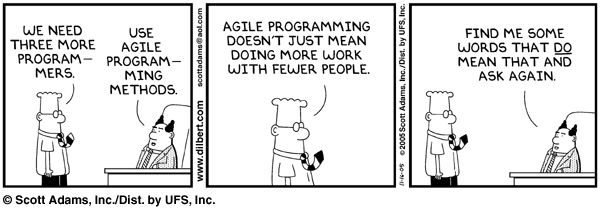Now it´s possible to use widgets or pull information to your website thanks to the APIs. A lot of webpages and applications use data from other sources thanks to the APIs, thats how we can post maps in WhatsApp or see the weather in our cellphone. APIs are a really important part in the software industry beacuse it allows the developers to be faster and at the same time the company becomes more competitive. Also, the users have access and have control of the content they generate. The average user can now access to photos, posts, tools and more data without having to creating from scratch a way of getting this data.
I see the APIs as a library, you import a group of functions that you can use in your code to do pre-programmed stuff. They already bring you the access to the database you want to, so you don´t have to worry about that. Also, one great think about APIs is that some of them are free and easy to use, the installation instructions and documentation of every API is on the internet and a lot of people are willing to help you use them if you ask, so it´s only up to you to start getting into the wonderful of world of APIs.
source:
http://101.apievangelist.com/
http://www.webopedia.com/TERM/A/API.html
https://en.wikipedia.org/wiki/Application_programming_interface






